Have you “I can never decide, cost,” said? If that were the truth, you would have a problem, because then you would get in the everyday life almost nothing at all. There remain standing or five minutes, breakfast or croissant on the way, umbrella or not – even before the day started properly, each of us has made a lot of decisions: strictly speaking, 20,000 every day. How is that possible, you ask? We shed some light, give you tips on how you make good decisions and tell you what brings you the for your career!
How do we make so many decisions?

If you’ve decided to read the text, costs you about 20 seconds. And how much time did the decision take? A fraction of this time, because you have not actively thought about. And so it goes with most decisions you make during the day: You meet quickly, almost unconsciously and automatically. This sounds trivial, but is the foundation for our ability to survive: If you were to actively think about any decision, you would have only 0.072 minutes for it – but you could not do anything else. You can watch the automatic process consciously: in the morning, when the alarm clock rings, you press the Snooze button as soon as you enter the office and meet a colleague, you greet him and you stand in the supermarket, you automatically follow Your favorite pesto.
How many mini-decisions do you already have together by noon?
And not only in private but also in a business context are each working day in decisions. These are often also more or less automatically liked – if you decide, for example, if you only answer your colleague to his mail or call a customer. But often far-reaching decisions are needed, where one tends to deal with long considerations and suggestions from others.
But the spontaneous decisions that you meet from the belly, worse than that one falls after much thought?
Head vs. Belly: Whoever thinks for a long time makes the right decision?
One should think that the best decisions are those that mature for a long time. Benjamin Franklin, for example, used to create a President of the United States always make important decisions a pro and con list. But the times when you could sit back with every decision first are passed: In the job, for example, can no longer escape through the constant availability of a spontaneous reaction. So if we have to go fast, we decide instinctively. Does that mean our decisions are worse?
Studies show that decisions from the belly are not only faster than planned long beforehand, but also can be good as well. Golf players, for example, who do not think before a stroke, play better than if they are still pausing and thinking. And paramedics at the scene of the accident do not have to worry about what to do, but to act. The background is that we call subconsciously our many years experience and knowledge in complex decisions. While we would be spoiled here, we seem to listen to our feelings and instinctively make the right decisions.
You may also like to read another article on Buzzthisnow.com: Three healthy goals for 2017
Whether decisions are made aware by weighing the situation, or the instinctive are better, but can not be answered generally. Are really complex to make decisions on the basis of numbers or other information that intuition is not much, but give the facts decisive. And whoever buys a car will not be guided by his feelings, but will also pay attention to things like fuel consumption, top speed, price and horsepower.
Can turn the good or bad feeling you probably still do not – not for nothing it is called later like to “I had the same as a bad feeling about this.”
Decisions in the job
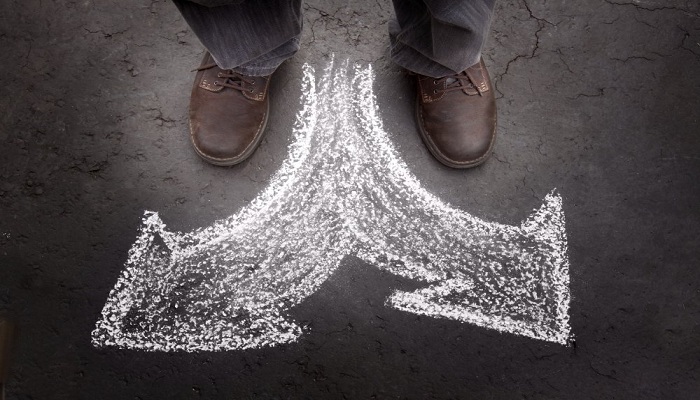
Already in the selection process for a trainee program or a job your Decisiveness is often put to the test. Very popular here the mailbag exercise in which you have to decide within 20 to 60 minutes, which is of a huge stack of tasks and appointments you do immediately and what can delegate. There is not much time to think about this, especially since you are constantly being watched – on the contrary, you are relying on your experience to know what is your priority.
In job to make a decision, can have a big impact – both on the career as well as on the company. How serious are the decisions depends on how much responsibility is transferred to you and at what career stage you’re currently on? If you meet as a trainee a decision with negative effects, which is very unpleasant, but if that happens to you as a leader, it can cost you your job much faster. As a trainee, it is more than legitimate, if you at great decisions your supervisor for advice and draw up abs chest so.
Fear of decision
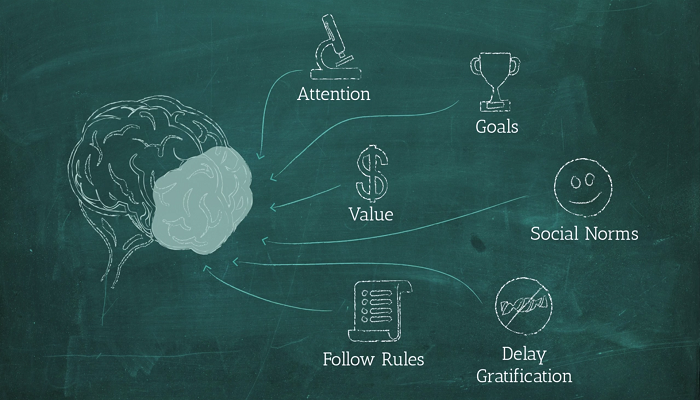
To return to the starting point: “I just can not decide” – why do you think that? And why one is afraid of some of their decisions? Reasons are that:
We are afraid of terrible possible consequences,
A decision against many alternatives,
We have too little confidence in ourselves,
We leave our belly feeling and we get bogged down in our head – or the stomach and head,
We felt too little time or too little information or
We could put someone else on the line with our decision.
What to do? First of all, you have to do you realize that there is no alternative, no decision to make. According to psychologists charged nothing more than to be missed a chance – that is, to have taken a decision, you’ll regret it more than to have you possibly wrongly decided. Then it helps to think about you what the worst case would be for. You will soon find that life and death are rare. And most important: Everyone makes mistakes – from the trainee through the trainee and experienced staff through to leadership!
Wrong decisions as an opportunity
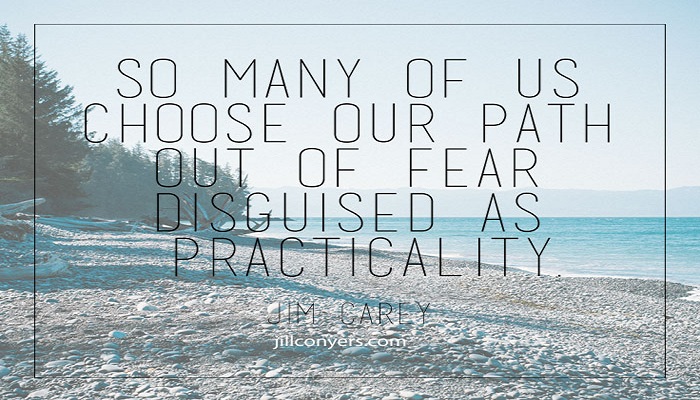
If a decision has really gone into the pants, you have to live with the consequences. Two types of reactions are common: The one wonder in an endless loop, as this could only happen, and blame themselves, while the others try to justify endlessly and not to admit that the decision was wrong. Both are not very efficient. Rather, one must make three things aware:
The decision you have taken on the basis of good faith – which is why it is right, even if it was wrong.
No one can see light – to be angry about the fact that you did not know that something will be wrong, makes as much sense as to resent the fact that you did not know the lottery numbers in advance.
Trivial but true: you have learned each time an incorrect decision – even if it is “only” to deal with the failure.
Checklist for the right decision

If a spontaneous out-of-abdominal decision is not possible, it is to organize at the time the thoughts. Use the following questions you can reach a decision in small steps:
- Analysis of the situation
What are the initial situation and the basic conditions?
Do I have an influence on it?
To what extent are emotions involved?
- Information search and evaluation
What do I rate? The information or its source?
Trüben Stereotypes the review?
Are more than one perspective considered?
Have all relevant information been found?
What can I neglect and what not?
- Strategy
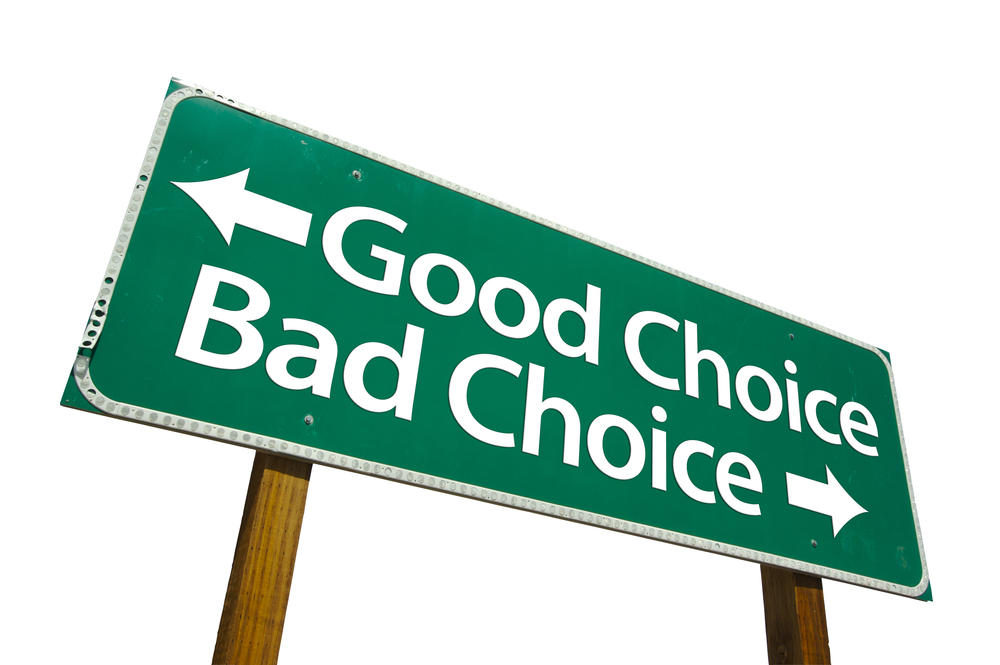
Google Image
Does it have to be the optimal solution or is it a good one? (Time and feasibility)
Is operating blindness?
Can I take a step back and take a coarser view?
Is an overall concept followed or only one step after the other?
Do I act out of conviction or habit?
Where are the greatest competencies and resources for the task?
Do I want to make mistakes because costs have already been incurred?
- Result evaluation
Is the decision good?
Who can help to detect errors?
Which methods can help in making decisions?
If you are not the analytical, but rather the visual type, these methods help you in the decision:
Pro and contra list:
The good old pro and con list show you at a glance how many arguments for and how many against it. What you do not like the list is, which points are heavier than others.
Collection:
You can do this with the Faces collection. In a column, you write down all the facts, in the second column you weigh, in the third you write thoughts and notes. This gives you a good overview and does not forget anything relevant. The ultimate answer you will not get.
Decision Tree:
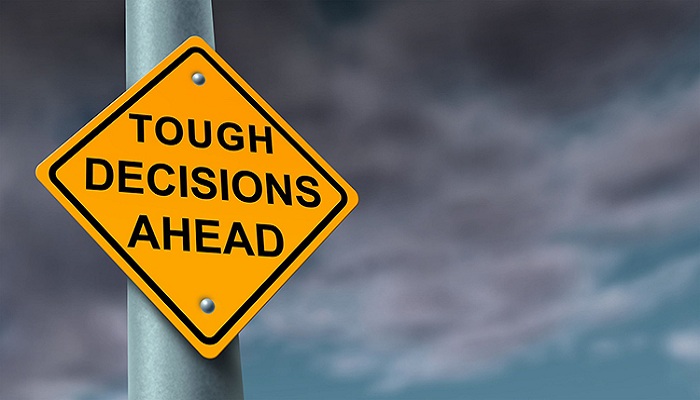
In turn, the decision tree takes over: In the simple decision tree, yes / no questions are answered one after the other. A no means the Off for the decision. The whole is shown in the tree structure. Here you have to think about exactly what questions are really relevant or when a “no” really becomes an exclusion criterion.
Tetralemma:
The tetralemma is more open: the positioning exercise helps if one has to decide between two things. To do this, you need five A4 sheets, each of which is written “The One,” “The Other,” “Both,” “None,” and “Something Else.” Then one places one after another on the fields and goes through the possibilities. In this way, one can exclude “the one” as the sole solution, then “the other”, the compatibility in “checking both, and” none of the two “finally both exclude and the last field a creative step outside-the-box search – the Situation must, therefore, be negotiated entirely new. With this exercise, you can reinstate yourself and avoid lazy compromises.
